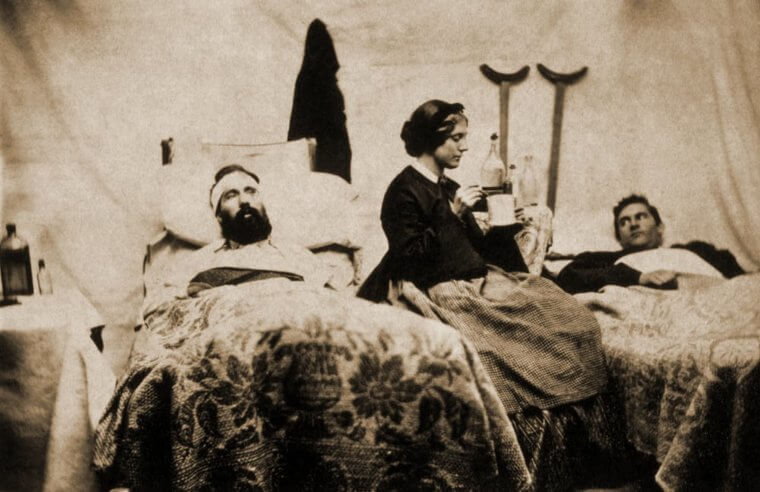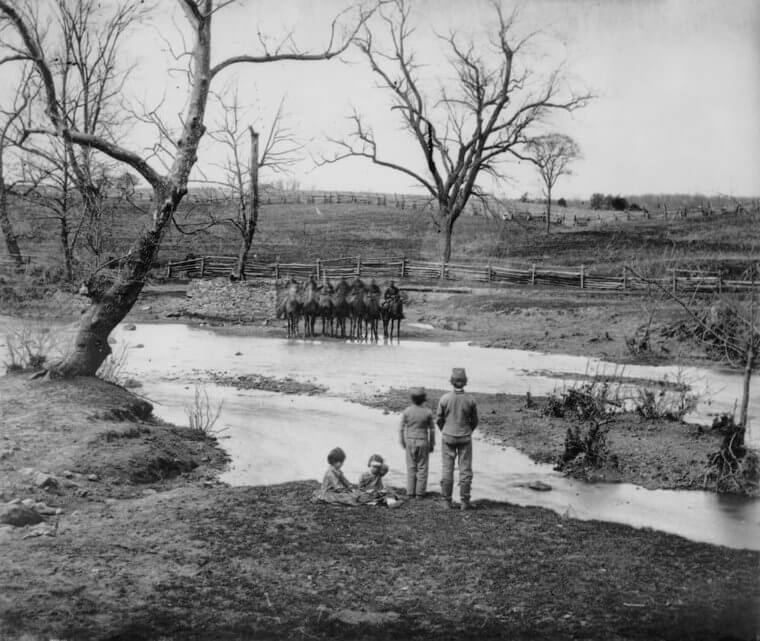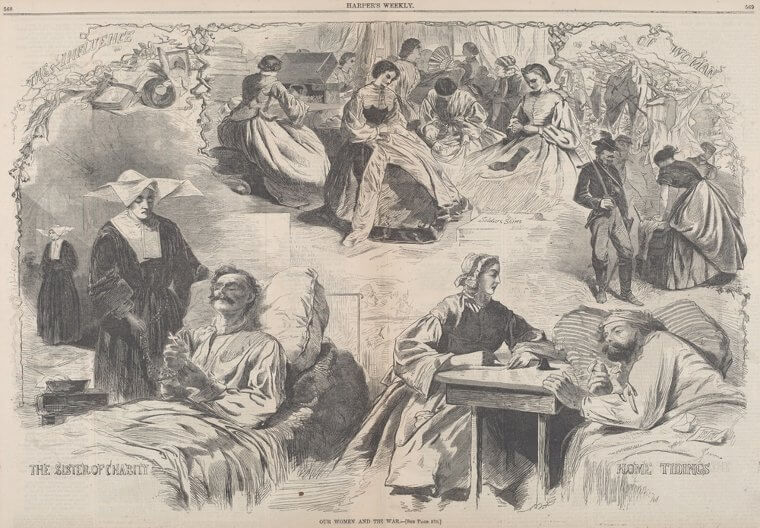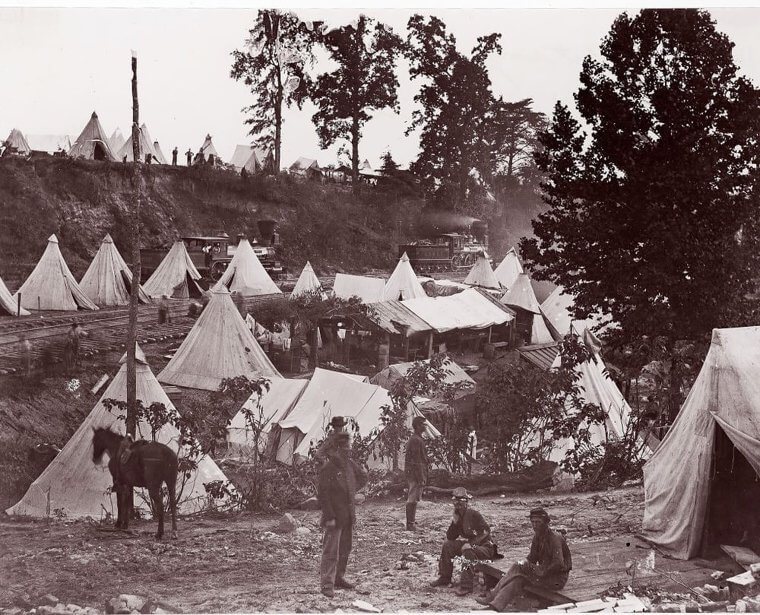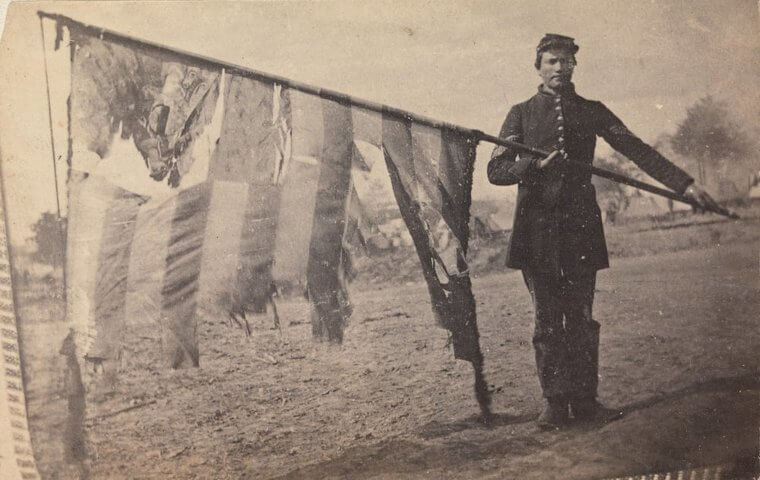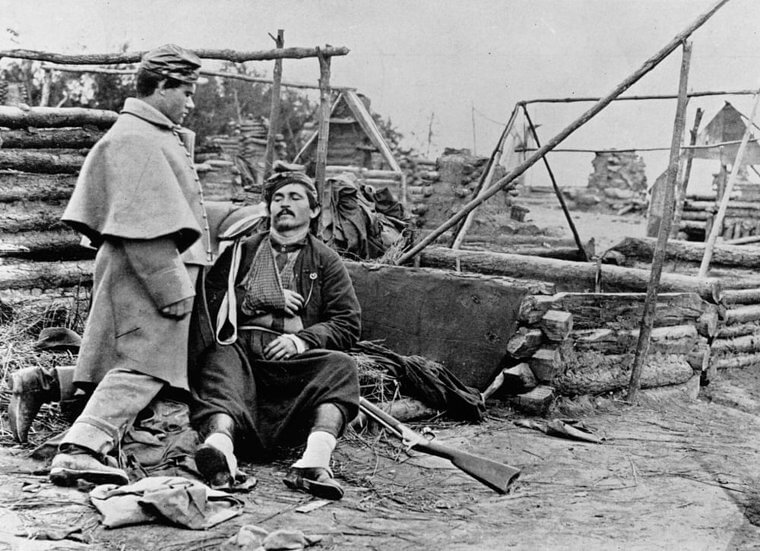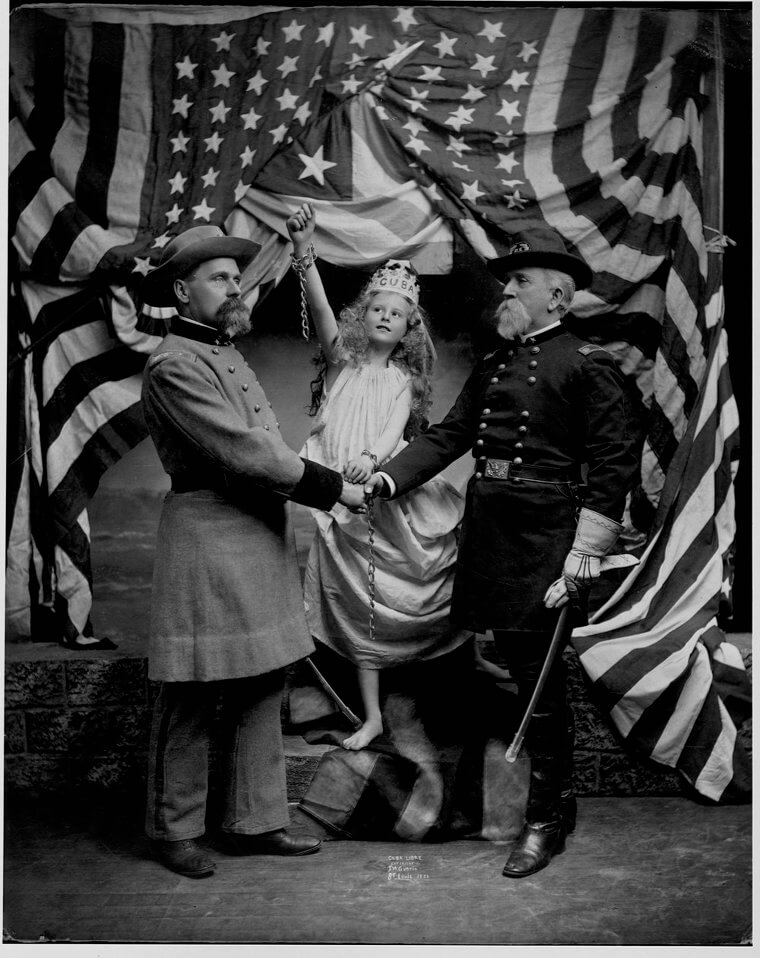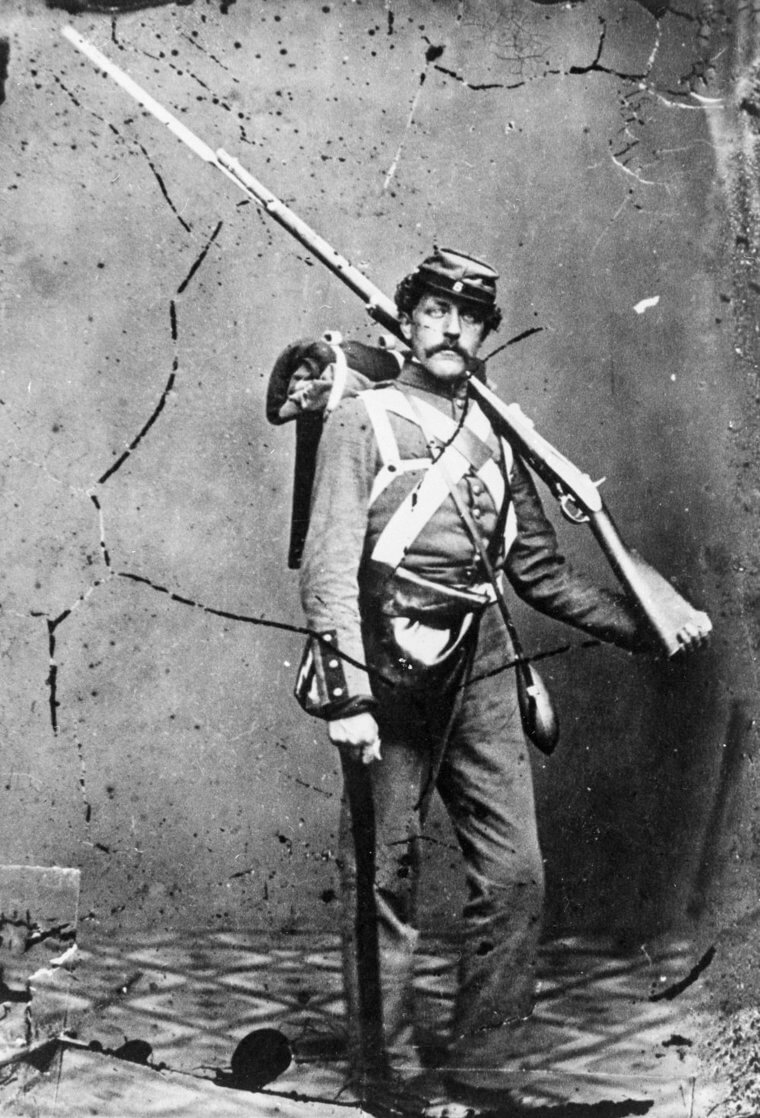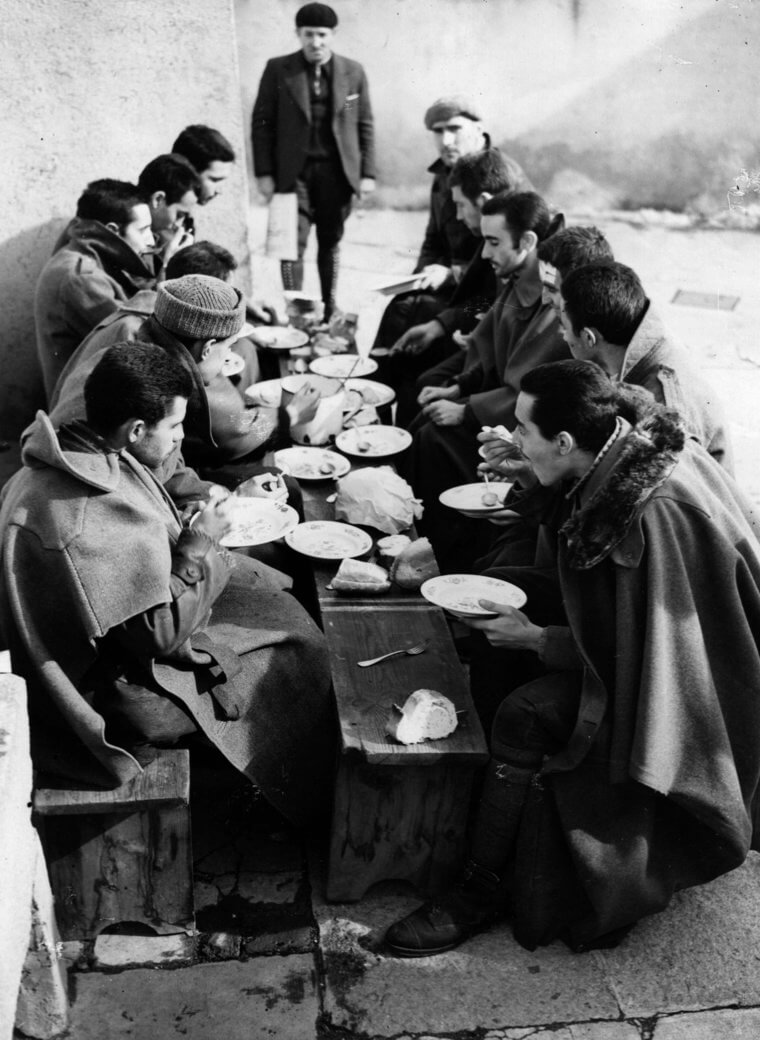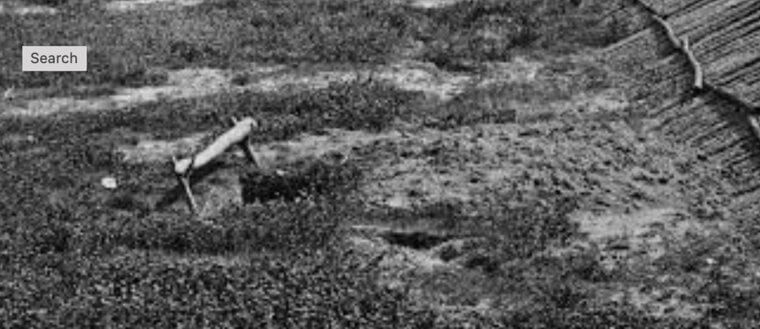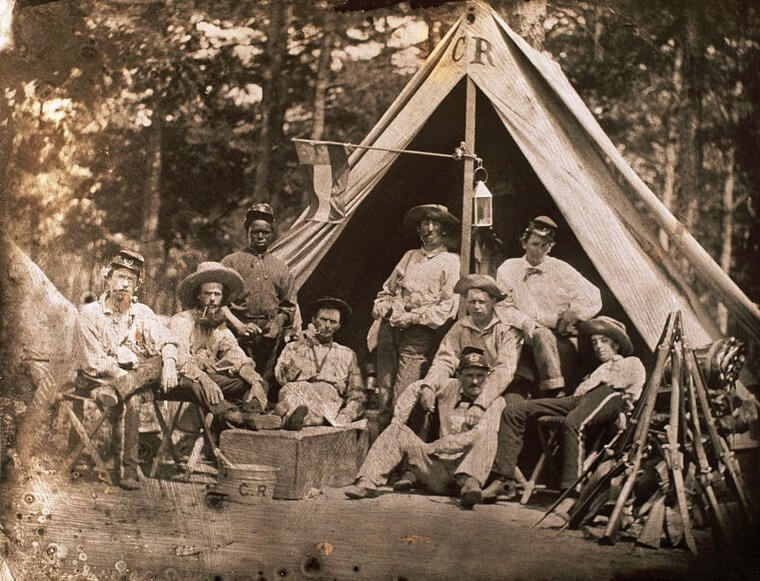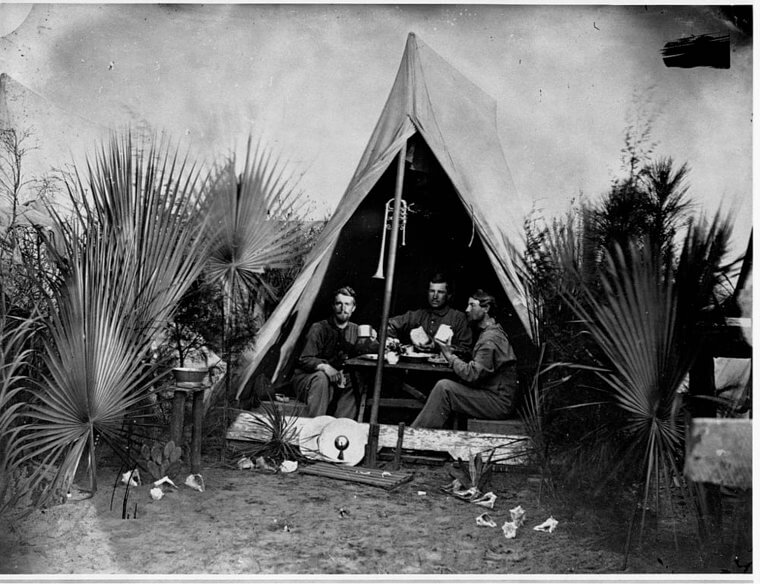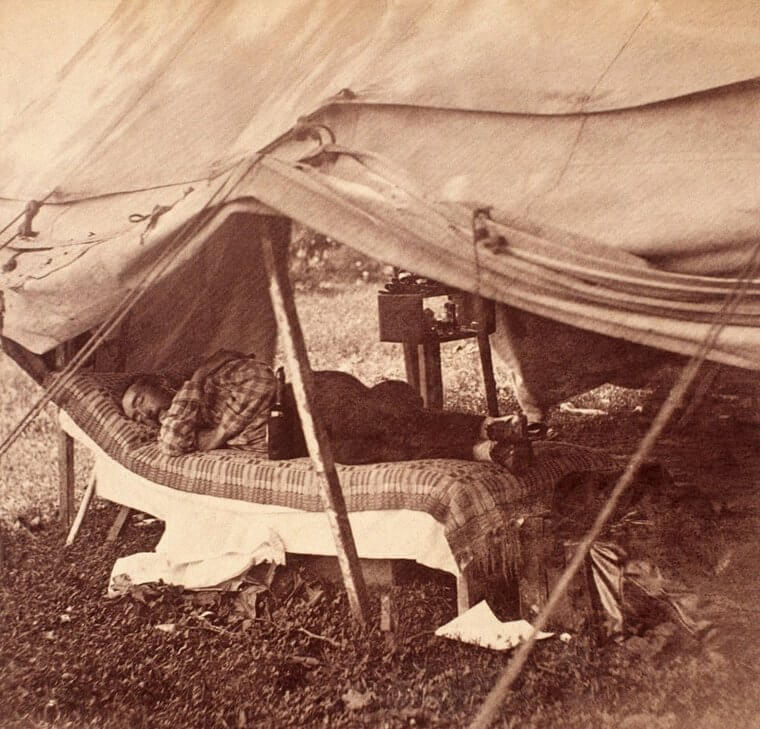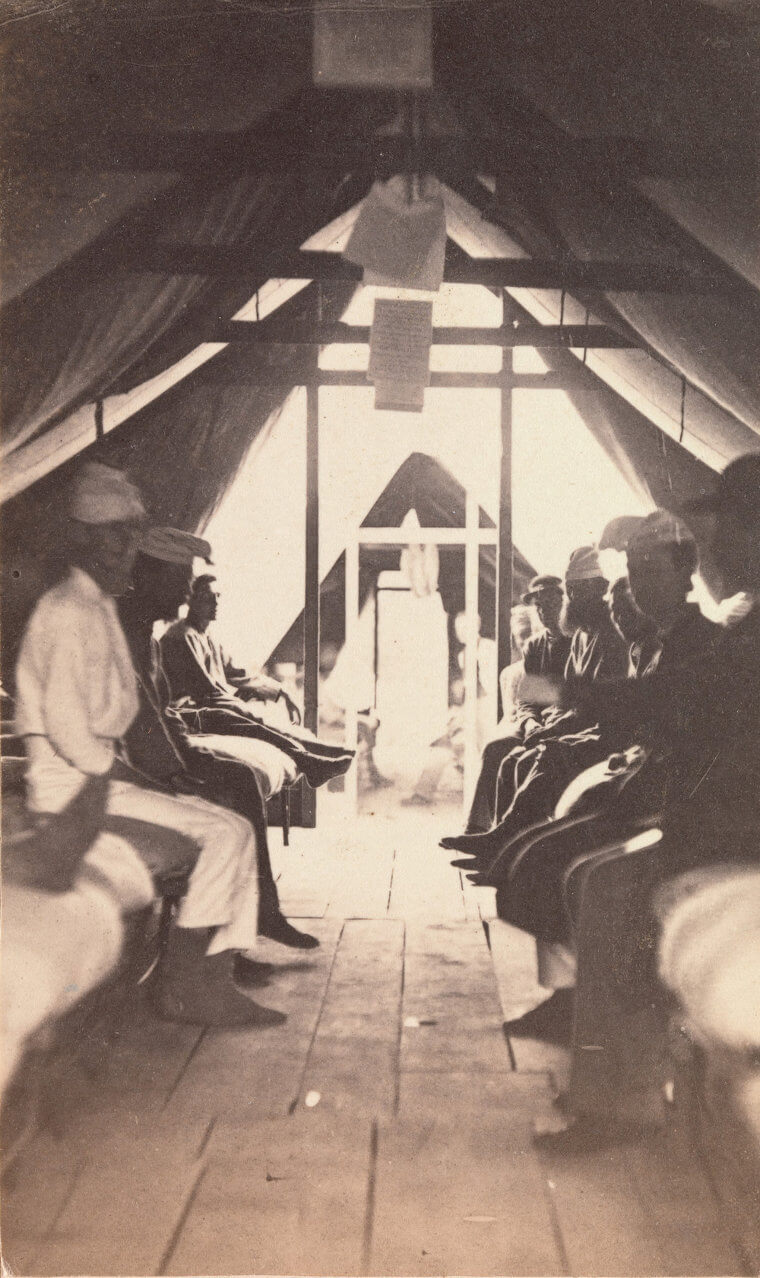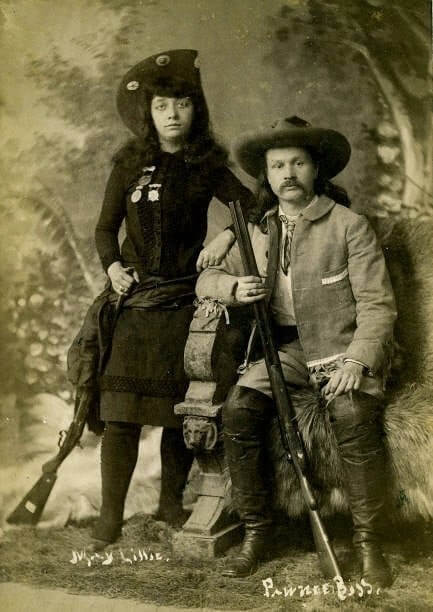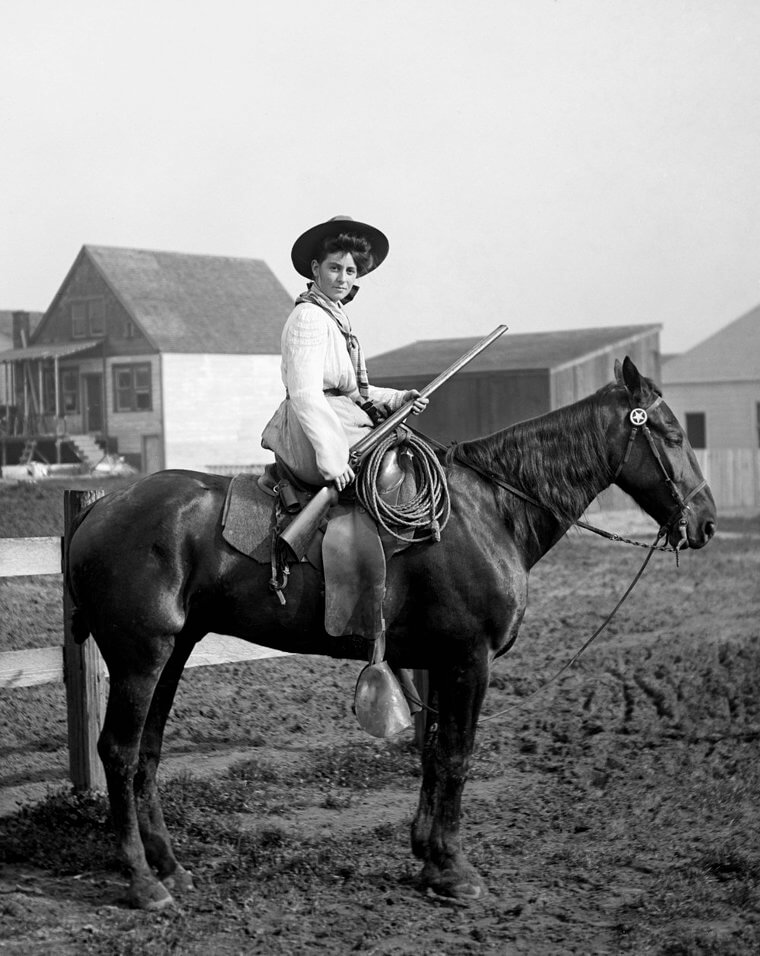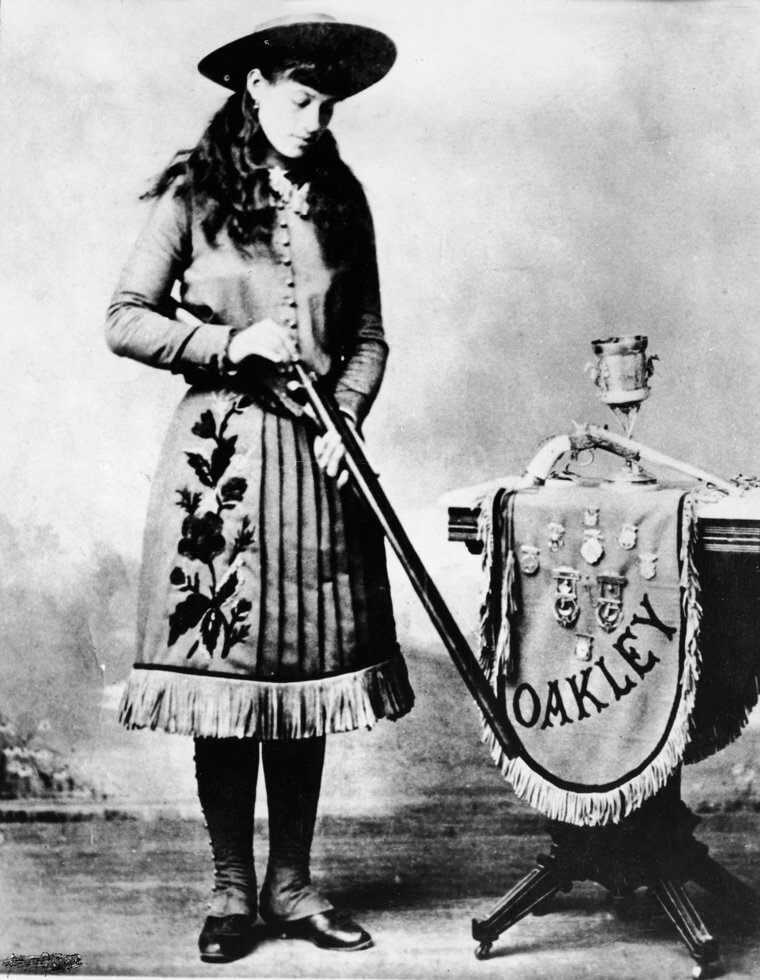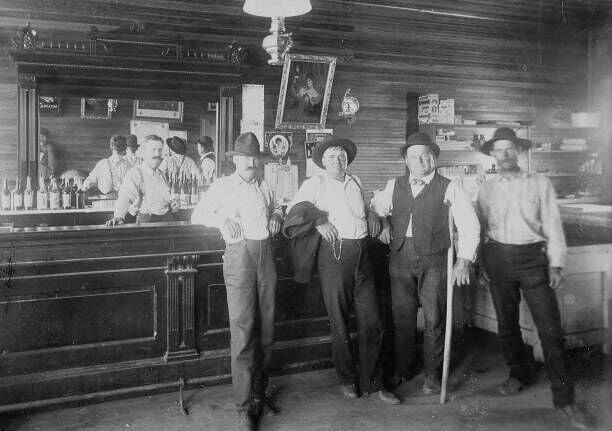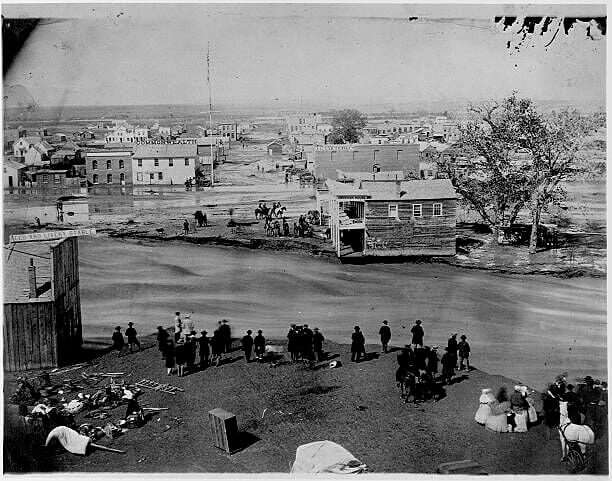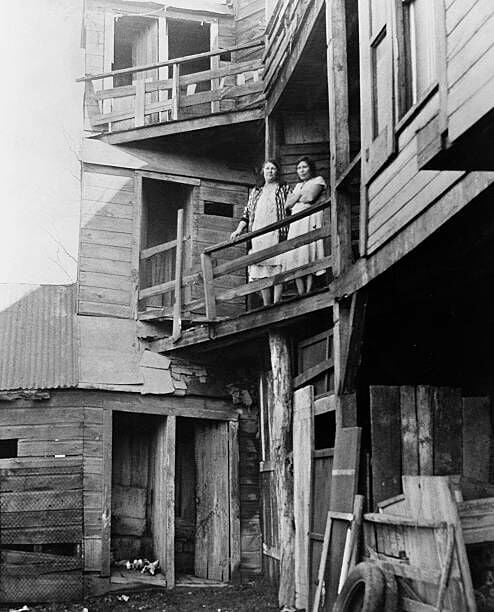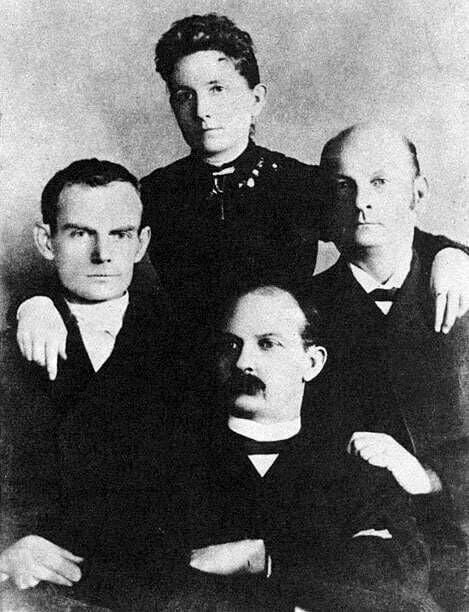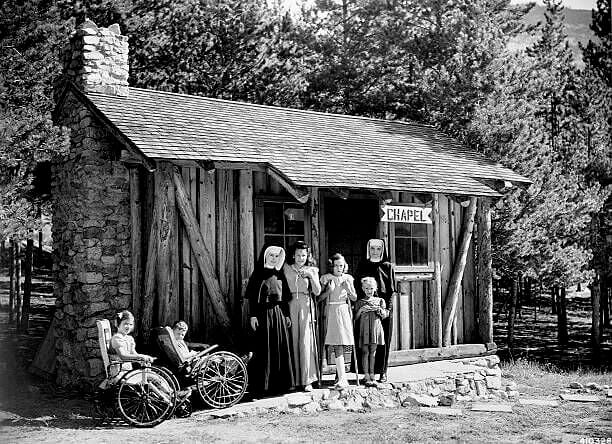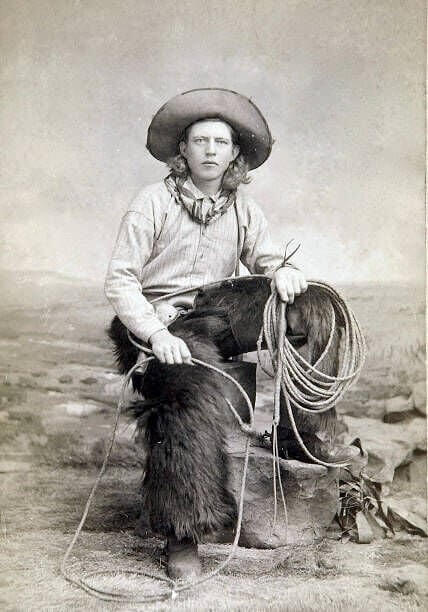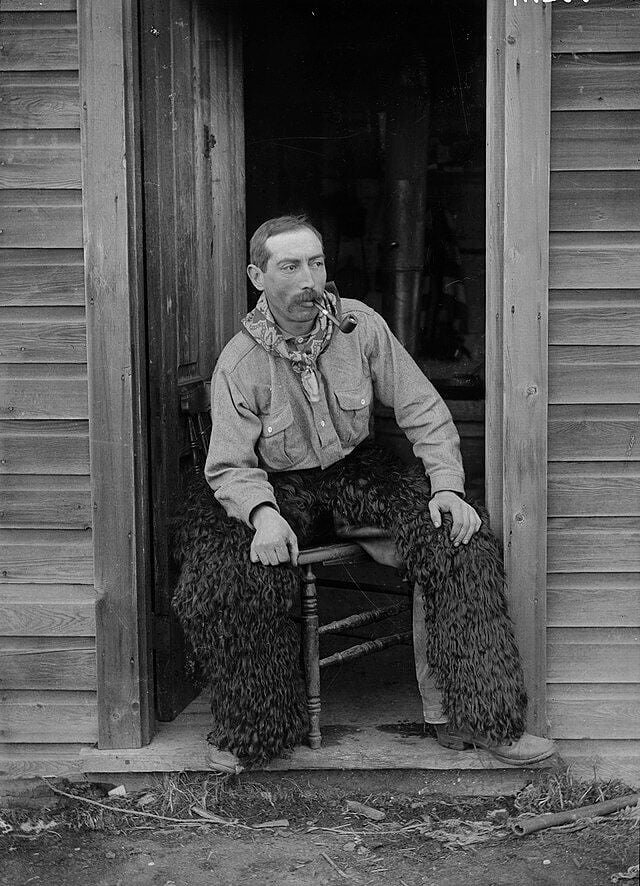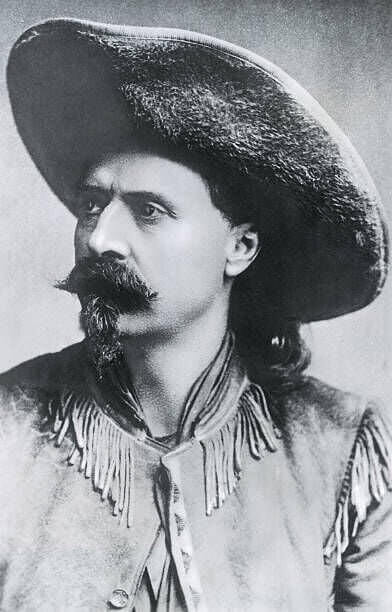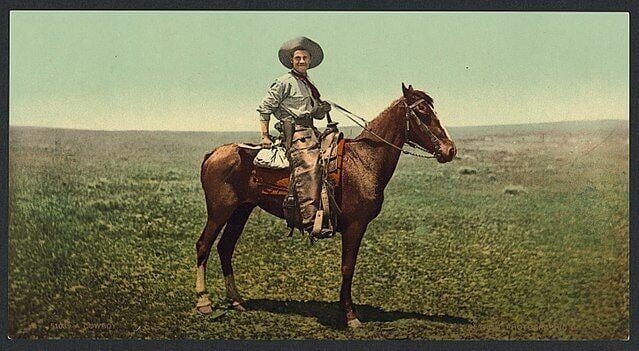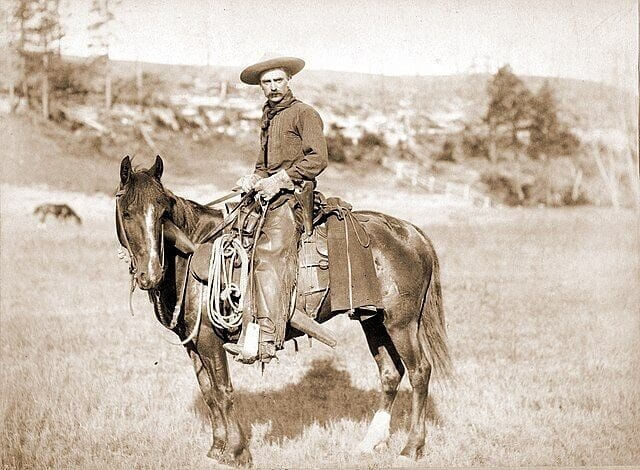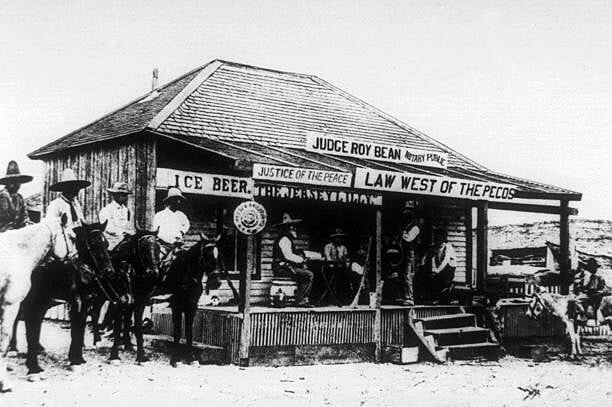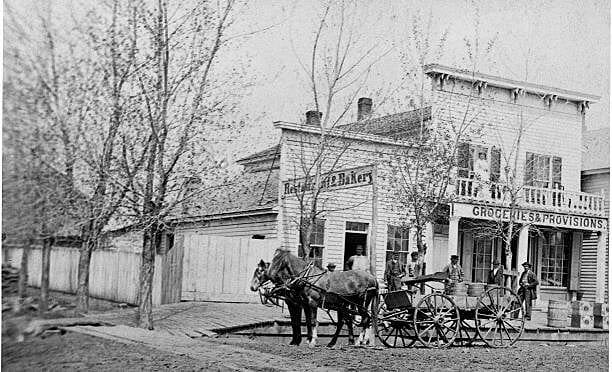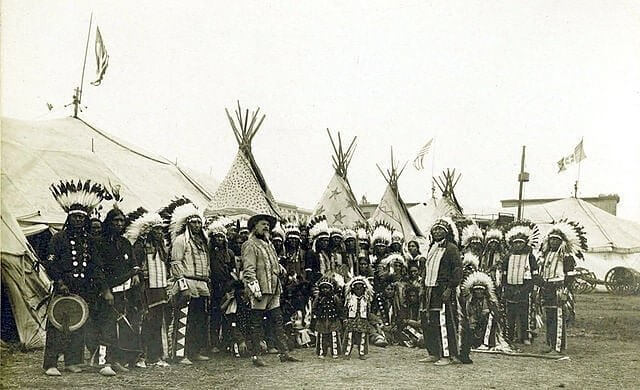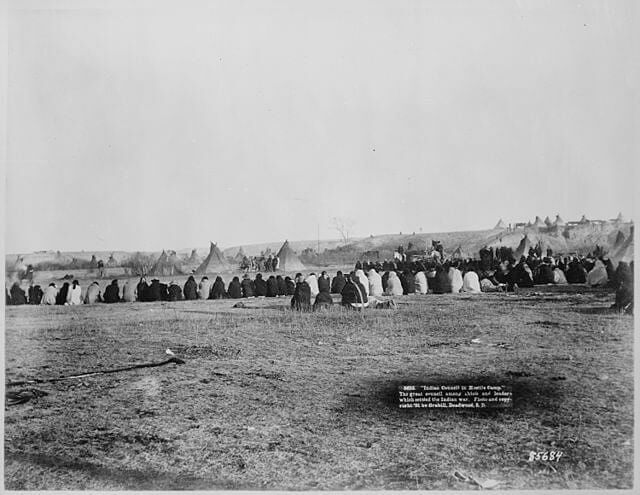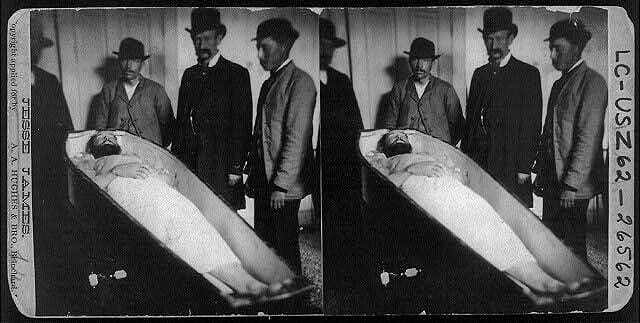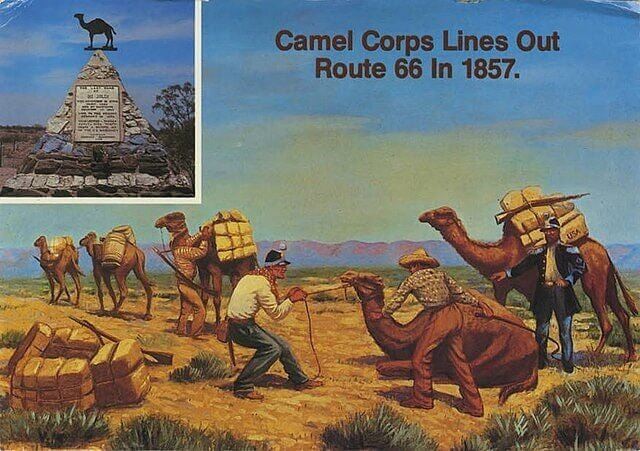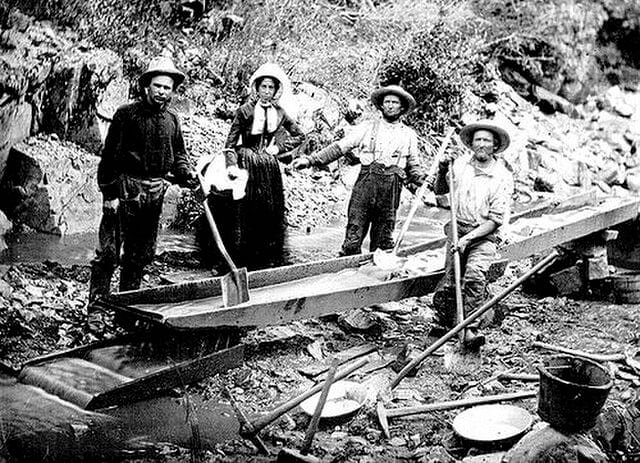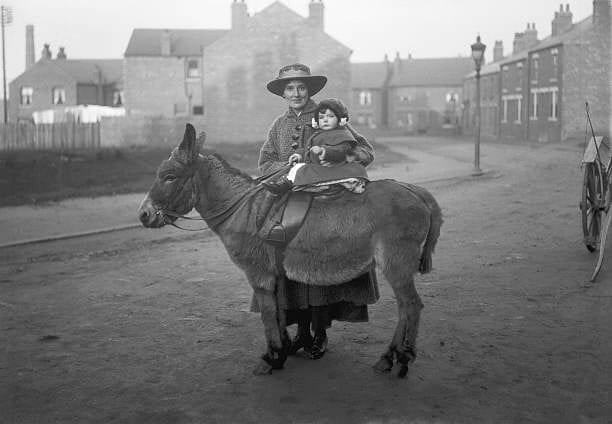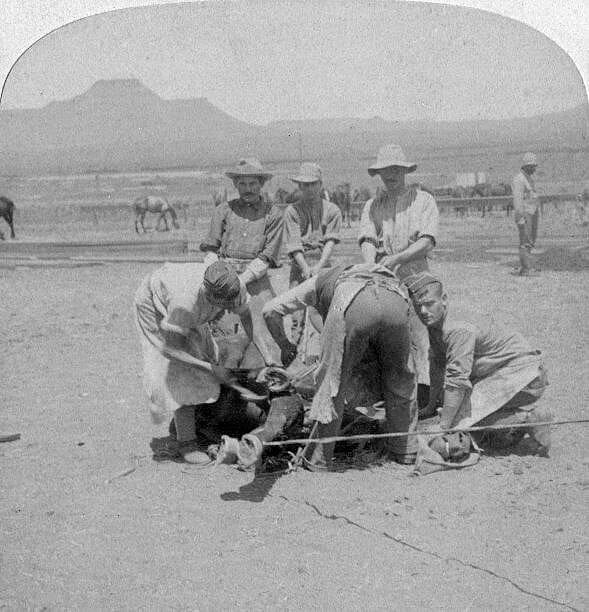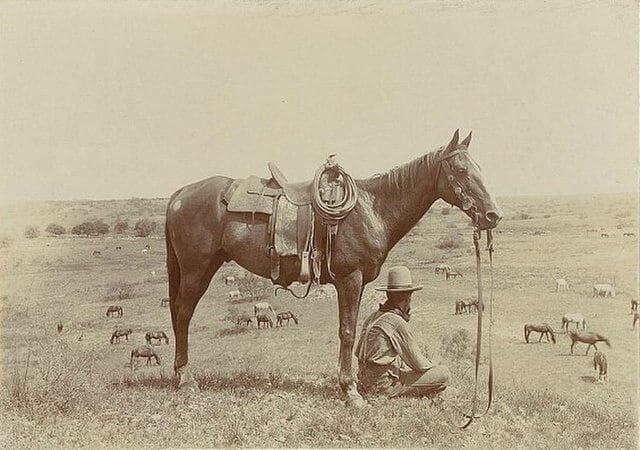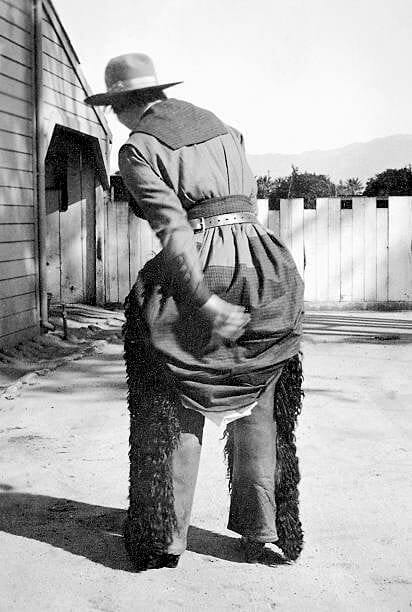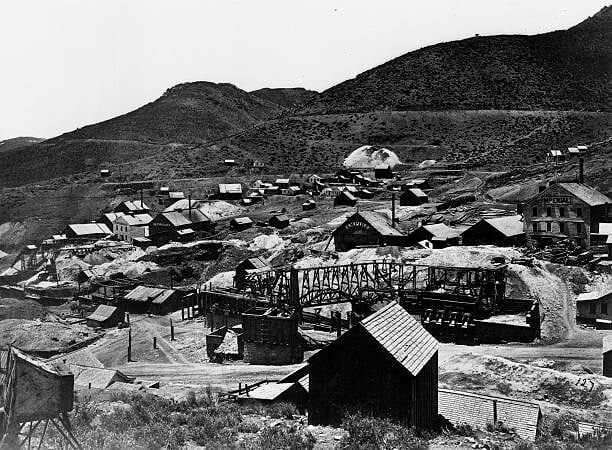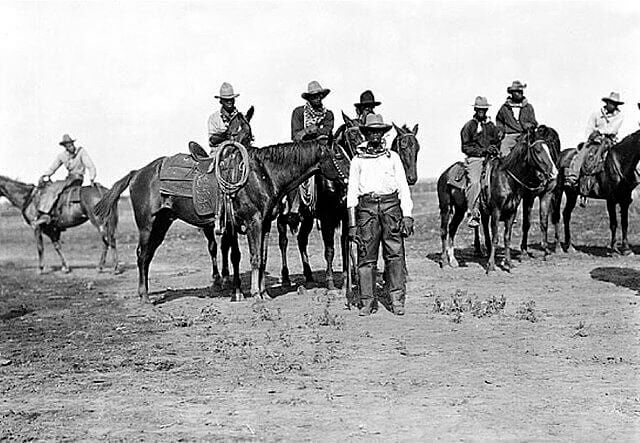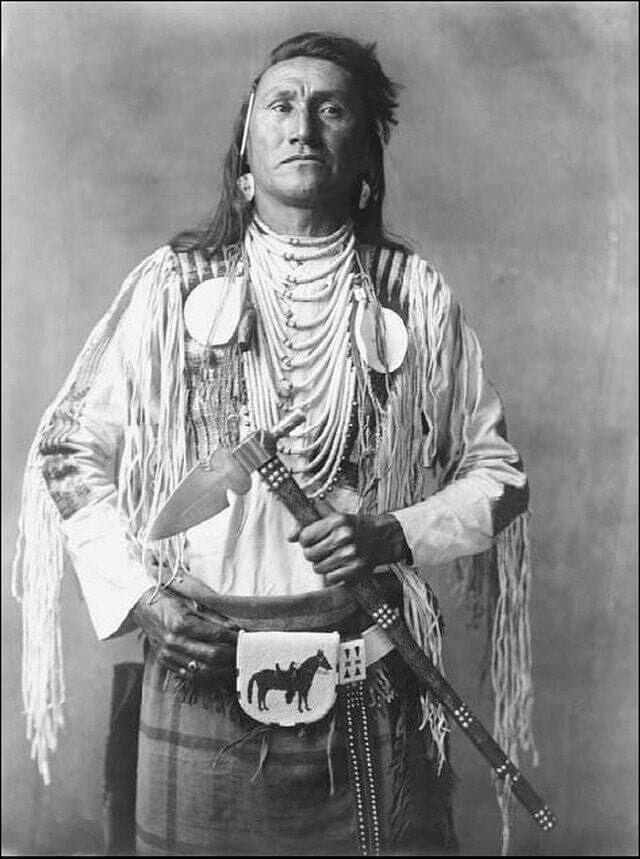How did people maintain their hygiene throughout the American Civil War of the 1860s? It was certainly difficult, and many were fighting for their nation and their health. Living conditions and medical practices were poor, so cities became bacterial hotspots and a threat of constant sickness loomed...
Amputated Limb Piles Were a Common Sight
According to historians, as many as 60,000 troops, had limbs amputated during the American Civil War. As such, the number of amputated limbs that needed to be disposed of after these operations were shocking.
Piles of limbs accumulated as surgeons worked to treat them all during big-scale wars when a considerable number of soldiers required medical treatment at once. Stories also revealed that Hugh Ziegler, a local lad, was hired to carry transport mutilated limbs at Gettysburg, and he shared how these were piled like wood.
Water Around Camp Was Contaminated
Camps were plagued with filth that disregarded basic cleanliness. This dirt also contaminated all water sources due to soldiers digging their outdoor latrines too close to rivers and other watering spots.
The rampant spread of dysentery and cholera due to contaminated water meant people started boiling water for purification. Sadly, this practice wasn't widely adopted, so thousands of troops were killed by diseases. One can only imagine how harsh the atmosphere was, considering the men had to deal with the war and the battle with their health.
Sterilizing Equipment Was Unheard Of
Only after the Civil War did Joseph Lister develop his world-changing on antiseptic and germs. Before this, surgeons and nurses weren't aware of how crucial it was to properly clean their instruments and patients' cuts on the battlefield.
Increased infection risk, especially after amputations, led to higher mortality from 'surgical fevers' than from the actual surgeries themselves. Amputee mortality was projected to be 26.3%, significantly lower than European battle casualties even five years later.
The Camp Was Dirty Beyond Compare
Civil War camps may have been filled with brave and valiant soldiers, but bravery can only take you so far when the air around you is thick with the smell of rubbish, decay, and human filth.
An inspector described the camps as being littered with debris and foul-smelling excrement. As well as being an inhospitable place for the troops, their personal hygiene didn't fare any better—despite weekly baths being mandated by the Union, many soldiers went months without taking them. Truly a stench that had no rival on the battlefield.
Reusing Instruments and Clothes Was a Norm
As tensions on the battlefront rose, so did the workload for surgeons. Without time to spare between surgeries, sterilization of their tools seemed impossible. Even though they would rinse off the instruments at a moment's notice, it was not enough...
To make matters worse, some surgeons even resorted to reusing sponges crusted with pus that hadn't been purified beyond some tap water. This led to hazardous cross-contamination and various post-operative problems for patients.
Disease Had More Fatalities Than Combat
The living conditions of soldiers during that era were so bad, that soldiers were at a higher risk of losing their lives to sickness than in battle.
We know that dysentery and cholera were the rampant killers, but typhoid also ravaged armies, with hundreds of soldiers contracting the illnesses. While the exact numbers are uncertain, it is believed that a staggering number of soldiers, as many as 500,000, lost their lives to diseases. According to historians, this is twice the number of casualties suffered in combat.
They Recycled Each Other's Uniforms
When new soldiers joined the army, they were given uniforms; however, the quality of the material was not always up to par, and the uniforms would often be worn out quickly or not provide enough warmth.
The situation was even direr for some soldiers who did not even have access to shoes. It is estimated that around one-third of Confederate soldiers had to fight barefoot during the entire war in tough unsanitary conditions. To overcome this lack of equipment, soldiers had to reuse the boots and clothing of their fallen or captured enemy soldiers.
They Had Lice-Infested Uniforms
The troops on both sides of the conflict had a common enemy: lice. The tiny pests were easily spread in camps where men lived in close quarters, and the most effective way to get rid of them was by boiling clothes and bedding.
Lice weren't only itchy but spread typhus. Instead of feeling threatened, soldiers found ways to make the best of it. They would organize "louse races" for entertainment, where bets were placed on the fastest lice, usually on a mess plate. Lice were also pitted against each other in fights, where a large crowd would gather to wager on the outcome.
They Had No Basic Cleaning Skills
While soldiers were provided with a limited number of cooking utensils, many of them were not familiar with the proper food hygienic practices. As a result, they didn't always know how to clean their dishes properly, which led to unsanitary utensils and food-borne illnesses.
To address the strange albeit serious issue, the United States Sanitary Commission, sent a representative to warn soldiers about the hazards of using dirty dishes and cups. He advised, "It's better to wear out your pans with scouring than your stomachs with purging."
Sleeping With the Faeces
Indoor plumbing is a luxury when you're fighting wars in the wilderness, and that's why Civil War camps only had latrines. These were far from your regular outhouses as they were primarily open ditches roughly and quickly dug up to accommodate human refuse.
In an unfortunate incident, a confederate soldier pitched his tent in one of these ditches and didn't find out about it until the following day. It must have been a scarring incident, but this was more common than you might think. Expectedly, most soldiers preferred doing business in the bushes rather than risking their sanity in these ditches.
The Filtration System Was Poor
Another problem in the soldier's camps was the rapid spread of communicable diseases. Again, this can be traced back to the recruits who rarely underwent thorough medical examinations as required.
The army laws indicated that all recruits were supposed to be checked for their mental and physical well-being, but thanks to the urgency of the situation, this rarely happened. The only law that stuck was the barring of women, but some tricky ladies disguised themselves and managed to finesse the system. It is said a staggering 400 women managed to pull this off.
Attack From the Elements
Aside from the poor medical examinations, the soldiers' living condition was terrible, leading to further health complications. Cases of malaria and skin diseases were quite rampant thanks to their nesting arrangements.
Most soldiers found themselves sleeping on the damp ground without tents. Initially, most soldiers were given special blankets to shelter them from the damp ground, but they would toss them to lighten the load. Unfortunately, this decision would leave them vulnerable to attacks from pests and parasites. At some point, malaria became endemic, and the Scientific American magazine urged soldiers to use quinine as a preventive measure.
Dealing With the Runs
Considering the frontlines' conditions, it would be surprising if the soldiers escaped terrible bowel movements. Poor nutrition leads to constipation or diarrhea, and the doctors developed the treatment relatively fast.
Any sickly soldiers were administered doses of mercury mixed with chalk, which worked wonders. The concoction was a laxative that opened up the floodgates. As for diarrhea patients, their treatment included doses of opium and quinine. Today, these treatments might not fly, but it was either do or die back then. So long as the treatment worked, it stayed.
Don't Mind the Bloody Hands
Doctors would probe the injuries for shrapnel, debris, or bone fragments whenever a soldier was wounded. Unfortunately, hygiene was the last thing on their minds, and instead of tongs, these guys would use their bare hands.
These same doctors barely washed their hands between procedures, so cross-infections were regular, increasing the mortality rate. It was a miracle most of these soldiers survived the surgeon's table because these unsanitary conditions were horrendous. Thank G-d for modern medical practices!
The Godawful Hygiene Habits of the Wild, Wild West
We’re all familiar with the Wild West, a.k.a The Old West or American Frontier. Some of us dressed up as cowboys and cowgirls as kids, while some love those classic Western films.
But how much of the wild wild west life are we really familiar with? Living during the time of the American Frontier was not for the faint-hearted. Here are some fascinating facts and strange lifestyle traits.
Sexually Transmitted Diseases Were as Popular as Skin Infections
Another aspect of the cowboy lifestyle that encouraged the spread of diseases is the predominantly male population. Intimate love affairs would regularly happen in pubs, saloons, and brothels, so sexually transmitted diseases were spread freely, without much chance of a cure.
“Using protection” was not a common practice, as most people didn’t even know that these diseases and ailments existed - let alone how they spread. For every bit of love that was indulged, it came at the cost of contagion (and an itch or two).
“Soap” Was a Very Loose Term - And Didn’t Offer Much Value
While the societies of the Old West were not particularly hygienic, they sure were creative. The women could get quite inventive and resourceful when it came to washing their hair...
The Wild West women turned to unconventional methods. To wash their hair, the women would either mix whiskey with castor oil or use soapweed, a wild plant abundant in the region, leaving their locks refreshed and fragrant. To set their curls just right, they would carefully warm pencils and delicately twirled around their hair, crafting stunning hairstyles that defied the ruggedness of the frontier.
You Could Tell a Lot By a Woman’s Skin Complexion
Today, a woman’s tan can be a wonderfully attractive feature. But during the peak of the Old West, a clear and pale skin complexion was the top desire. If a woman had porcelain skin free of blemishes and freckles—she's a catch! The ladies from upper-class backgrounds would go to extraordinary lengths to attain this look, taking their beauty pursuit to the extreme.
Women would use bleach and do everything to stay out of the sun. Whenever these women did venture outdoors, they made sure to have their bonnet, gloves, and long sleeves handy to protect the melanin in their skin from getting overly excited. There were, of course, women who defied social norms and chose to conform to the cowboy/girl way of life- leaving their mark on the captivating landscape of the frontier.
Various Insects Were a Menace in Wild West Society
Public spaces in the Old West were crawling with a bunch of different critters. The beds of the average person were known to be made from straw and hay...
Though better than the floor, these beds were unhygienic and rarely cleaned. They'd become infested with bugs like "seam squirrels" and lice. Insects contaminated food with their larvae, posing a nasty surprise for people. Mosquitoes were also a problem due to poorly insulated structures. Cowboys had to deal with more than just bandits...
Clean Water Wasn’t a Guarantee
Did you know that up to 60% of the adult body is made up of water? As you can imagine, this means that water is critical for our survival. While a lot of things have changed over the centuries, this fact of life hasn’t. However, those living in the Wild West didn’t have access to clean water as needed.
Drinkable water was not easy to come by, and often, dirty water disguised itself as clean. For example, a stream of water could easily have been contaminated by a leaking outhouse. Stagnant water was also undrinkable as it was a breeding ground for insects and often fell in the footpath of horses. The safest bet was collecting rainwater in a cistern - but even this water had a precarious lifespan.
Dust Storms Were a Common Occurrence
During the time of the Wild West, dust storms were the equivalent of a natural disaster with the potential of causing devastation. The storms would arise out of nowhere, and cover entire towns in a thick layer of grime and dust. This was horrid from both a cleanly point of view, as well as adding to the risks of health issues and respiratory diseases.
One young girl named Sarah Raymond Herndon traveled the area in the 1860s and had the following memory to share; “Oh, the dust, the dust; it is terrible. I have never seen it half as bad; it seems to be almost knee-deep in places […] When we stopped, the boys’ faces were a sight; they were covered with all the dust that could stick on.” Unfortunately, this dust could not be cleared away with a simple sweep of the broom.
Outhouses Offered an Unhygienic Experience
A trip to the loo was not always as easy as walking to the next room and politely closing the door behind you. Back then, the “bathroom” was a shed that was built to cover a hole in the ground. These fecal depositories were built close to the home and used until the hole became full, in which case another outhouse would be moved to another spot.
It wasn’t only the unhygienic structure that was off-putting, but the smell also attracted insects and served as a breeding ground for diseases. Without the technological advancement of toilet paper, the experience of going to the toilet was worsened by people using leaves, corn cobs, and grass to clean themselves after relief.
Women Set the Bar of Hygiene Higher Than the Men
Stereotypically, women have always been more focused on their image than men. At least, that’s how the media has presented it. This stigma has held ever since the times of the Old West when it was known that women held a much higher standard of hygiene than men. Men of the West spent a lot of time outdoors in the dusty climate and would often go days without a bath.
When the men did eventually dip their toes into a body of water, it was rudimentary at best. However, women would spend a lot more time and effort in maintaining better hygiene - even if it was just washing their hands and face.
Sharing Is Caring - But It’s Not Hygienic
Think back to when you last went out for a drink. Chances are that you headed over the hottest bar, sat down at a comfortable bar stool, and looked at a menu of tasty indulgences. Bars in the Wild West were incredibly different. For starters, there were no stools to grab a seat. Instead, the bar had rails to prop up a foot and relax. On the top rail, there were hooks to hold towels.
Eventually, it came to a point where it was more unusual to come across a settlement that wasn’t struggling with the outbreak of disease than it was to visit one in a generally healthy state.
The Iconic Kerchief Was Not Only a Fashion Statment
If you’re invited to a Wild West dress-up party, there are a few items that you’ll include in your costume. A cowboy hat, a waistcoat, and most definitely a kerchief or bandana. While kerchiefs are a fashionable accessory today, they were essential throughout the American Frontier.
Kerchiefs were used to keep the dust out of breathing one's nose and mouth, protect skin from the sun (and cold) and hide the faces of outlaws. These valuable kerchiefs are iconically red and can be made of a variety of materials. Bet you didn’t know the true value of the triangular piece of cloth!
A Hairstyle Transformation - For the Men
As mentioned, it wasn’t unusual for men of the West to have long locks and facial hair that added a masculine edge to their appearance. However, at the turn of the 19th century, hygiene products became more readily available and so began the transformation of men’s hairstyles.
With new hair care products bubbling to the surface, men began to understand the hygienic risks of having long (unkempt) hair. It wasn’t long before men started to cut their hair and shave their faces, sporting a clean-cut, smoldering look.
Dental Hygiene Was Well Below Par
Certain attributes can make or break your attraction to someone. Some people are put off by runny noses, others are less fond of hairy chests. Another common turn-off point is bad teeth. Unfortunately for those living in the Old West, dental hygiene was a compromise you’d have to be willing to make.
During that time, it wasn’t common to have toothbrushes, toothpaste, and other oral care products. As a result, many people had rotting teeth and black gaps in their mouths. It also wasn’t uncommon for people to perform their dentistry on themselves - there’s nothing that a bit of alcohol can’t numb!
The Lack of Bathing Introduced Multiple Fungal Infections
Cowboys may have been able to outrun all sorts of wildlife and bandits, but they couldn’t escape the repercussions of an unsanitary lifestyle. It wasn’t unusual for cowboys to go weeks - and sometimes even months - without a proper clean. But cowboys paid the price for wearing the same clothes for days on end and spending hours on the back of a horse. This cost came in the form of fungal infections.
These fungal infections would rear their ugly head in rather unfortunate areas, such as the crotch, buttocks, armpits, and feet. Symptoms would not only be visual but also very unpleasant by itching and burning. The infections had a knock-on effect and would spread as cowboys used their dirty hands to scratch and spread the bacteria.
What Is That Horrible Smell?
The cowboy lifestyle involved many hours on the back of the horse, galloping across the country, dodging bandits. But when their thirst became a bit too much to handle, they would pull into the nearest town and grab a spot at the local bar. But while they may have left their horses tied up outside, they brought the smell of the horse in with them.
The combination of being on top of the horse for hours and the inability to bath regularly meant the smell was difficult to shake off. Unfortunately, this dirty lifestyle meant that a cut or abrasion had a high chance of a highly contagious skin infection. It seems like being a cowboy is not as glamorous as Hollywood makes it out to be.
Entry Into Drinking Club Came at a Hefty Cost
Entertainment options were few and far between. There was no ice rink, cinema, or shopping mall to kill time. Instead, cowboys would frequent the saloon and drink themselves silly. The bar became a source of fun where many memories were made - and then subsequently forgotten.
A popular drink of choice was “whiskey” made up of burnt sugar, alcohol, and chewing tobacco. This drink was incredibly powerful and given the nickname “firewater” as cowboys would light it on fire. Another favorite drink was cactus wine, made with a combination of tequila and peyote tea. Both of these drinks packed a punch - and caused many cowboys to throw a punch too. It wasn’t uncommon for bar fights to break out and sometimes even lead to death.
The Diet in the Wild West Wasn’t as Bad as You’d Think
With so many unhealthy lifestyle habits, it’s tough to think that frontier cooking in the Wild West was anything enjoyable. But the diet of the Wild West was surprisingly good. The food was largely dependent on the season and terrain. For example, indigenous plants provided plenty of nutrition, as did rabbits, buffalo, and other animals in the area.
Dried provisions, such as flour, beans, and sugar, were not as easy to come by, but they were taken full advantage of whenever possible. Members of society would use the likes of dutch ovens, frying pans and boiling pots to cook up a meal. As the settlements grew, so did the variety of food, recipes, and cooking utensils.
Shows Were the Entertainment Alternative to the Saloon
Drunken nights at the saloon were not the only way to stay entertained. Live shows were a popular activity that brought the masses together. One particularly popular show was Buffalo Bill’s Wild West Show. The former Pony Express rider was a soldier and buffalo hunter before he put his business mind to use and created a roaring success.
The shows would travel across the United States, portraying highlights of life in the Wild West. The shows were such a hit, that they even ventured to parts of Europe.
A Breakdown in Law and Order Led to The Wild West
Life during this time was not easy by any means. Eventually, the ambition of the pioneers who first arrived in the east decided to venture further west. However, they could never have expected what was to come. For starters, the Native Americans didn’t make it easy. The road to the west was paved with brutal confrontations and resistance by locals who were protecting their land from invasion.
The cowboys decided to take matters into their own hands, breaking down the lines between law and order. It was out of this behavior that the name “Wild West” was born. This was a continuation of the previous American Indian Wars where the battle for land became heightened.
A Picture Is Worth a Thousand Words
The internet was not even an inkling of a reality in the Wild West, but the frontier society had a fantastic way of spreading information. As law and order was a debatable topic, one of the only ways to keep outlaws in check was to circulate images of their punishment - especially when they were dead.
Not long after death, a corpse would be propped up on the wall and have its photograph taken. This image would circulate through the settlement as a warning to future and existing bandits. Bounty hunters would also take a picture of the deceased to prove that they were no longer alive (and get their reward).
Texas’ Plains Had Camels as Well as Horses
Another iconic image of the Wild West is a cowboy sitting on the back of a horse. However, in reality, there were a fair number of camels roaming the plains as well. With the Texas landscape being so similar to that of the deserts in Egypt, it makes perfect sense to know that the U.S Camel Corps established in 1856 was successful.
A total of 66 camels were imported from the Middle East to Camp Verde in Texas. During the American Civil War, these camels were captured and sold to the circus, while others managed to run away to the desert. No one is sure what happened to these humped beasts, especially after the last reported sighting in 1941.
The California Gold Rush Happened More Than Once
The California Gold Rush has gone down in history as one of the milestone moments in the Wild West. However, the build-up to the renowned Gold Rush was a long one, with countless “rushes” happening during the years before. Firstly, a young boy named Conrad Reed stumbled across a brick of gold in his father’s field in North Carolina in the late 18th century. Not knowing what it was, the family held onto the valuable brick for years until a jeweler noticed it. And that was the start of the first gold rush.
North Carolina became a magnet for those seeking wealth. Countless people flocked to the area to mine gold, and the government was forced to build the Charlotte Mint. Several years later, in 1828, gold was discovered in Georgia, and then in 1848, James Marshall discovered gold at Sutter’s Mill in California. It was this last discovery that became the most famous.
The Exciting and “Elegant” Life of a Saloon Girl
It’s no secret that brothels were popular establishments in the Wild West. But don’t confuse the role of a saloon girl with that of a prostitute. The family dynamic was a strange one in California, with the number of men being far more than that of women. Saloon girls would give these lonely men some attention by dancing, singing, and socializing with them in saloons. The extra money that the cowboys spent on gambling and drinks was a bonus.
Unlike prostitutes, saloon girls were considered to be “ladies”. Their jobs were thought to be decent for the times. However, that didn’t mean that they were safe. Many of the women kept knives and pistols on their bodies for protection.
The Wild West Was the Birthplace of a Lucky Omen
Certain images are associated with significant messages, especially for superstitious people. One of these omens is that of a horseshoe, which is symbolic of good luck. This lucky charm was first used in none other than the Wild West.
Horses played a critical role in society of the time. They were used for transport, working on the ranches, and as an image of luck. Nailing a horseshoe above a doorway (or on the mast of a ship) was said to ward off evil spirits. Even those that didn’t believe in evil spirits did believe in the horseshoe as a lucky charm.
Cowboy Lingo Is Still “Above Snakes” Today
The Wild West was a world of its own, with people developing a unique culture, lingo, and set of rules. Much of this lifestyle is still around today, particularly the choice of language. For example, “bellyaching” means to complain, and “hankering” refers to the desire for something. Not to mention “fandango” which is a term derived from Spanish and means a big party.
Every bit of present-day society is impacted by the past, and the America of the 21st century is no exception. The English language is scattered with unique vocabulary that has been passed down from the Wild West.
The Cowboys Protective Gear Included an Item Particularly Unique
The cowboy getup included a lot more than just their sexy hats, checkered shirts, and protective bandanas. Cowboys would also slip into their chaps before hopping on a horse. While their pistols kept them safe from outlaws, their chaps prevented a rash developing from their legs rubbing on the horse, as well as the thorns from the brush.
Made from leather or suede, these “leggings” were buckled to the trousers for easy dressing. Although the style may have adapted slightly over the years, many horse riders still were chaps today.
Many Towns Were Built Around Mining
The California Gold Rush was not the only of its kind. Mining became a common attempt at livelihood across the country, including Virginia City, Nevada. Mining came to play such a vital role in the economy, that it provided countless people with jobs.
Areas that were known to be rich in minerals would attract people from all over the country to mine their resources. As a result, the town’s population would grow. But natural minerals are a limited resource and as these materials would disappear, so would the cities fall apart. Life was tough in the Wild West.
The Frontier Settlements Were More Racially Diverse Than Anticipated
The stereotypical cowboy is rugged, white, and male. But what many people don’t realize is that there were plenty of African American cowboys. One in every four cowboys were African American, and they were no different from their white counterparts. All cowboys did the same job - herd cattle, work on the ranch, tame horses, and feature in rodeos.
In hindsight, it's estimated that there were roughly 5,000 to 8,000 African American cowboys that played pivotal roles in cattle drives in the 19th century. The assumption is that these cowboys were first brought over as slaves, but paved their own lives for themselves.
Men Would Pride Themselves on Their Long Locks
Anyone with long hair will know the value of a hair tie in the middle of a sweltering day. The feeling of sweaty, damp hair on your neck inspires a unique type of claustrophobia. Temperatures in the Wild West could get toasty, and we’ve already touched on how dusty and unhygienic the time was. This makes the fact that long hair was a popular style on men all the more interesting.
If you look closely at the behavior of the cowboys, you’ll realize that while many of the notable figures had long hair, it wasn’t necessarily a lifelong ambition. Many of the cowboys would indulge in a trim, a bath, and a shave when coming into a new town after a while in the saddle. But would let their hair grow out on the road.

